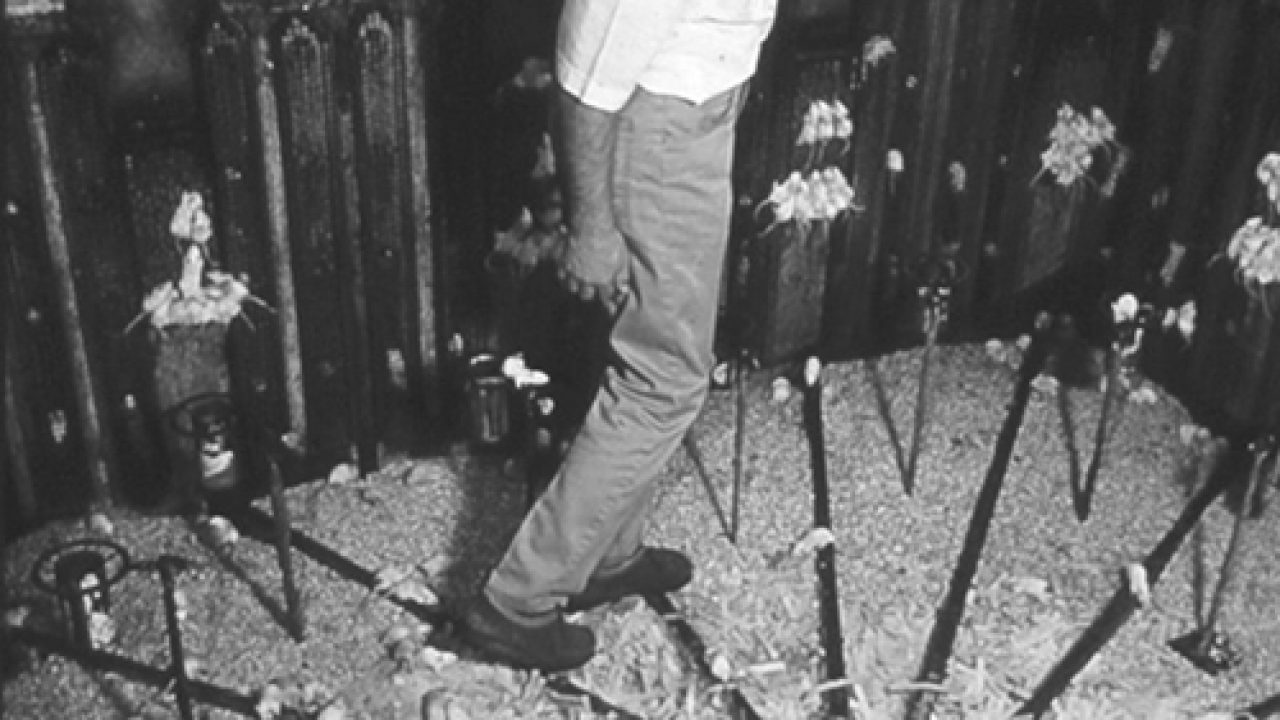Imagine a place where all your needs are met: unlimited food, water, an ideal environment temperature, and healthy neighbors… It’s an absolute paradise. However, these perfect conditions won’t lead you to a happy ending as you might think. The Universe 25 rat experiment serves as a striking example of how this utopia can transform into a catastrophe.
The Beginning of the Experiment
The Universe 25 experiment, conducted by John B. Calhoun, is a significant study on rodent behavior. Beginning in 1947, Calhoun’s experiments focused on population density and social behaviors. Universe 25 was the final and most complex of these experiments.
The experiment began with four male and four female rats placed in a sterilized environment. This environment provided unlimited food and water, 250 living spaces, and a constant temperature of 20°C. In this controlled setting, the rats faced no danger or enemies. Yet, these ideal conditions couldn’t prevent the dark future that awaited them.
Reproduction and Early Stages
The first 104 days of the experiment were termed the “effort period.” During this phase, the rats adapted to their surroundings, established territories, and reproduction began. The subsequent phase, known as the “exploitative period,” was marked by the population doubling every 55-60 days. On day 315, the population reached 620.
While everything seemed perfect, these comfortable living conditions began to cause the gradual collapse of the community. The rats began clustering in specific areas and experiencing social imbalances. Reproductive rates plummeted.
Societal Collapse
As the population growth came to a halt, serious social breakdowns were observed among the rats. Alpha males became increasingly aggressive and violent. Omega males were excluded from the community and began living solitary lives. Female rats grew more aggressive, neglecting and even harming their offspring.
Beta males, neither as aggressive as alphas nor as isolated as omegas, became shy and inactive. The disruption of social roles led to an atmosphere of chaos throughout the community.
The Beautiful Ones and the Collapse of Society
One of the most fascinating results of the experiment was the emergence of the rats Calhoun called the “beautiful ones.” These rats lived isolated from the rest of the community. Lacking social interaction, they only ate and groomed themselves. Though these rats appeared calm and perfect on the outside, they were spiritually dead.
According to Calhoun, this situation highlighted the necessity for individuals to find purpose and identity in life. Universe 25 demonstrated that even in a place where all needs are fully met, without the effort to survive, social order collapses. A life without effort or purpose leads to the spiritual death of individuals.
The Results of the Experiment and Its Implications for Human Society
At the conclusion of the experiment, the last rat died of old age on day 920. Throughout this period, the community’s order disintegrated, reproduction ceased entirely, and individuals led aimless lives. Calhoun argued that human society could face a similar threat. However, he believed that humans possessed the knowledge and ability to reverse this trend.

The Dilemma of Humankind: Universe 25 and Contemporary Society
The results of Calhoun’s experiment raise striking questions about modern society. Universe 25 shows that a society can decay in abundance. A life that requires no effort confronts individuals with aimlessness and spiritual collapse. Even in an environment where all needs are satisfied and everything is prepared, individuals must find meaning in order to sustain their lives.
The antisocial behaviors and social breakdowns observed in the rats are also evident in today’s society. Even among humans, in an environment where material needs are met, the weakening of social bonds can lead to problems like loneliness, depression, and a lack of purpose. The decay of society becomes inevitable when individuals are unable to dedicate themselves to a cause or take on a role within the community.
The Importance of Effort and Struggle
Calhoun’s studies reveal the critical importance of effort and struggle for the continuation of life. Even when people do not face physical threats for survival, they must still fight to find social and emotional satisfaction. The survival instinct is not solely about meeting physical needs. Humans must find purpose, contribute to a community, and create meaning in their lives.
The rats’ disconnection from their social roles and their aimless existence serve as a warning for human society. No matter how well material needs are met, the lack of spiritual fulfillment can rot individuals and societies from the inside.
The Reflections of Universe 25 on Today’s World
The Universe 25 rat experiment is a metaphor for many social and psychological issues humanity faces today. In the modern world, especially in urban environments, individuals’ struggles with social isolation, the search for meaning, and aimlessness mirror the results of this experiment.
The desire to find one’s identity, belong to a community, and play a role in life is one of humanity’s existential needs. Calhoun believed that with this awareness, people could reshape societal order. However, how strong is this awareness in today’s world?
Conclusion
The Universe 25 experiment is not just a rodent study; it’s a profound warning for human society. A life in which all needs are met and requires no effort can lead individuals into a spiritual void. Finding meaning in life and contributing to society are not only essential for survival but also fundamental factors that define the quality of one’s life.
In conclusion, like in Universe 25, the risk remains that human society could perish in abundance and comfort. However, if individuals choose to struggle and find purpose, they can avoid this collapse.
